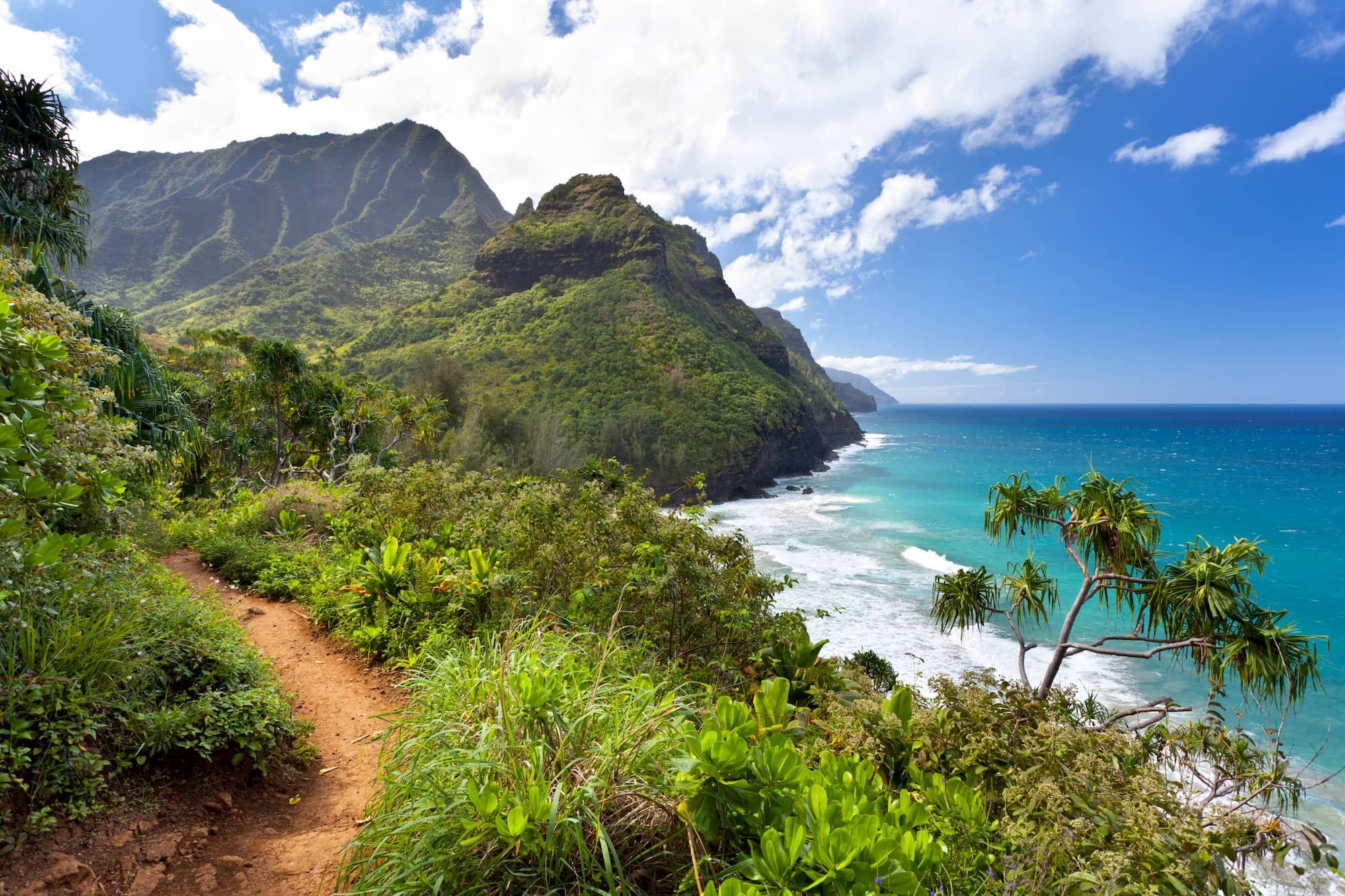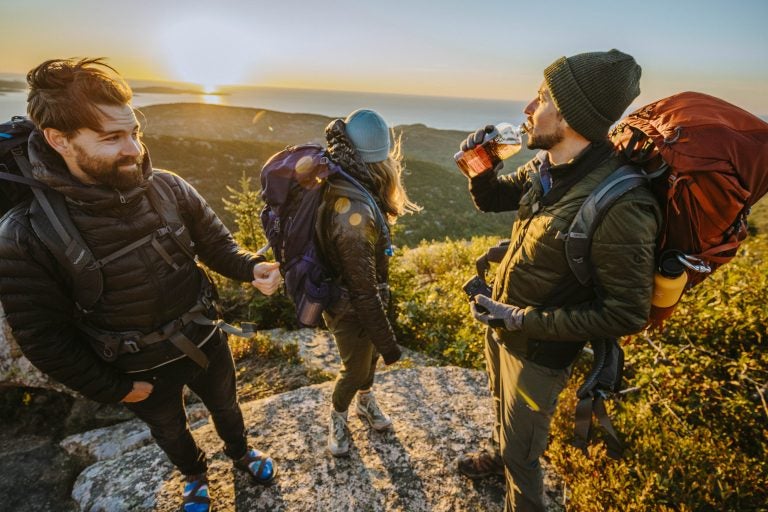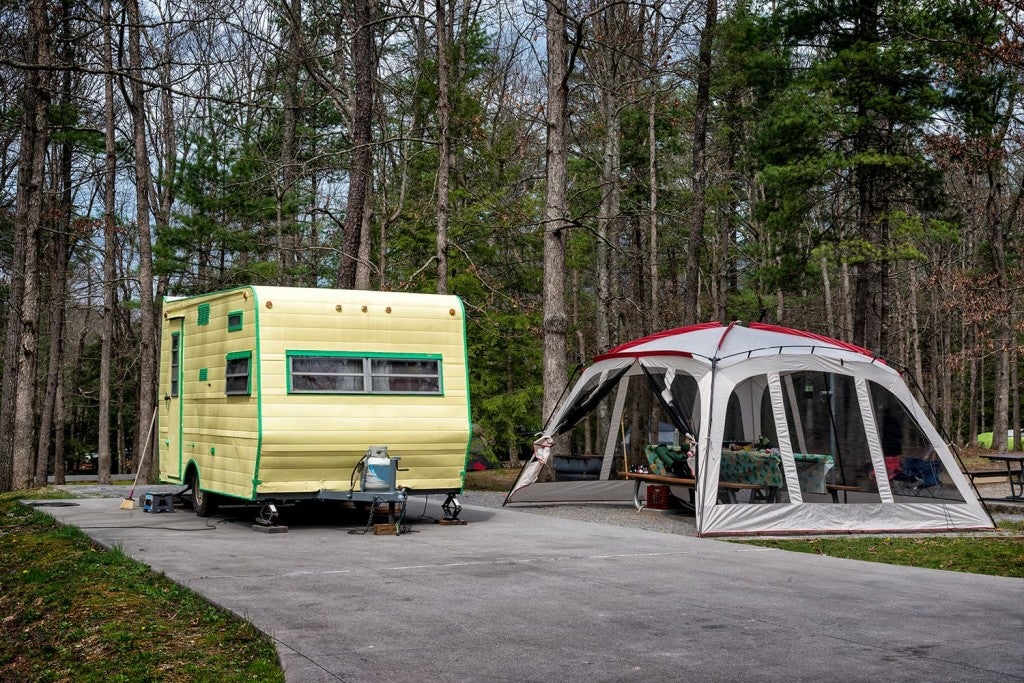This article about the Kalalau Trail is brought to you by Gregory, the makers of high-quality lightweight backpacks that are tough enough for day hikes, weekend trips, and full-blown backcountry adventures!
The island of Kauai is truly the Garden of Eden of the Hawaiin islands. With its small population, immense amount of natural areas, and tremendous beauty, Kauai is a place of self-discovery and natural adventure.
The Napali Coast is commonly considered the most beautiful area of Kauai. This stretch of the island is pure wilderness. The Kalalau trail weaves through this remarkable natural area, bringing visitors to unforgettable waterfalls, beaches, valleys, and streams. In 2016, writers for the Huffington Post coined the Kalalau Trail “the most incredible hike in America.”
What You Need to Know About The Kalalau Trail
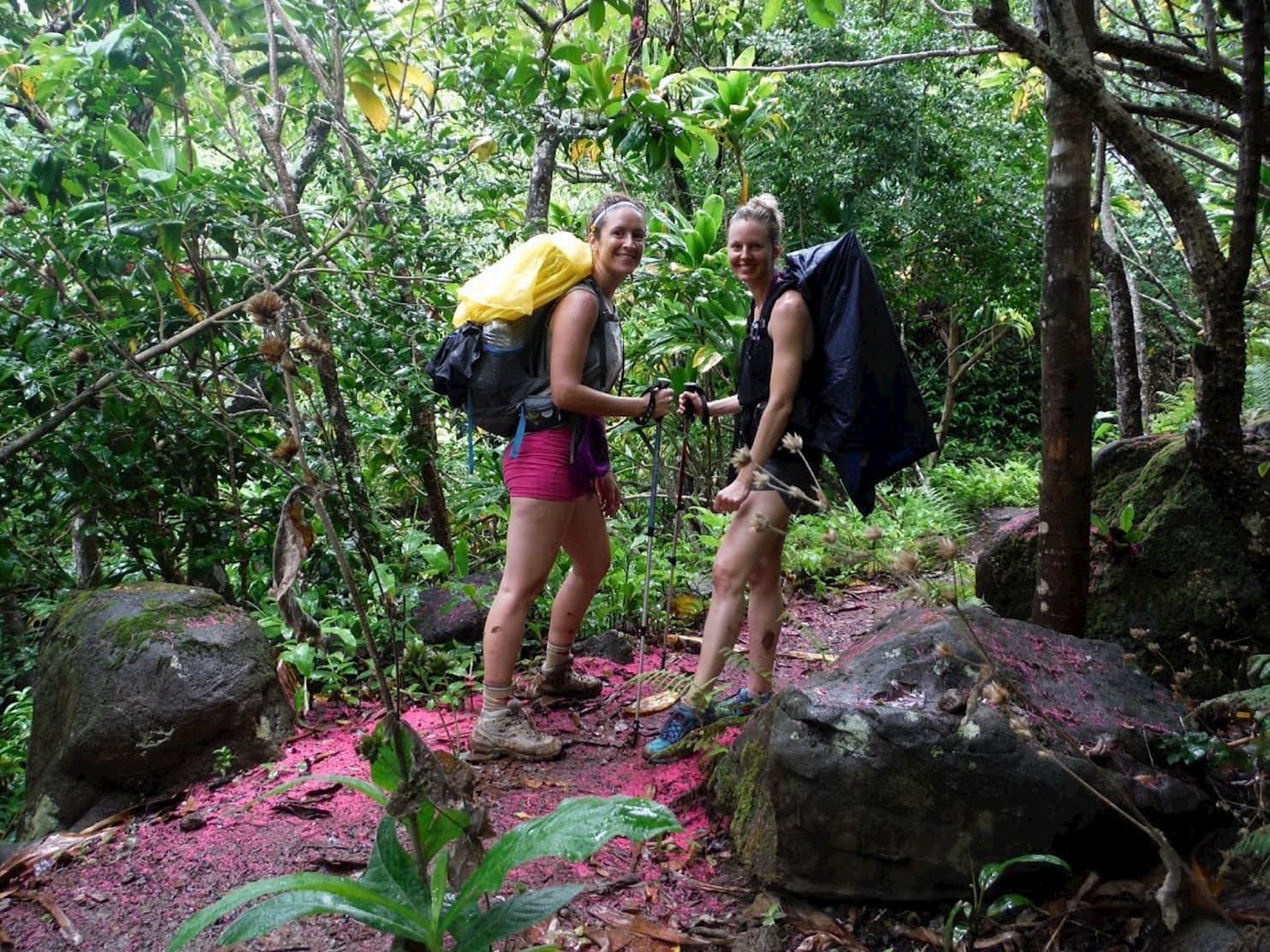
Image from The Dyrt camper Kate W.
Hiking the Kalalau Trail should not be a last minute decision, especially when planning to hike the trail in its entirety. It’s simply not a beginner’s trek, and preparedness is absolutely necessary. Here are some things to know about the trail as well as some advice to use while planning.
Trail Details
The trail is 11 miles long (22 miles round trip) and provides the only land access to the rugged Napali Coast. It is believed that a similar passage linked Hawaiian settlements in earlier times.
According to the Hawaii Division of Land and Natural Resources (DLNR), “the trail traverses five valleys before ending at Kalalau Beach where it is blocked by sheer, fluted cliffs. The 11-mile trail is graded but almost never level as it crosses above towering sea cliffs and through lush valleys. The trail drops to sea level at the beaches of Hanakapi’ai and Kalalau.”
Many visitors choose to use the trail for day-hiking. It contains a 2-mile stretch from the trailhead to Hanakapi’ai Beach. Anyone who wishes to hike beyond this point needs to obtain an overnight camping permit.
Trail Safety
Preparing for “the most incredible hike in America” should be done very thoroughly, especially since Backpacker Magazine labeled the hike as “one of the 10 most dangerous hikes” in the United States. One of the most important components of preparation is knowing what to expect on the trail.
The Kalalau Trail contains muddy conditions and hazardous stream crossings due to consistent rain. According to a video on the DLNR website, streams can rise very quickly. Hikers should never attempt to cross thickly flowing streams, even if they have reservations or flights to catch. It’s simply not worth the risk of injury or death.
Hikers should also pay attention to where they’re walking rather than looking down at cameras and phones. Falls are unfortunately not an uncommon experience on the Kalalau trail, and the bill to get airlifted out is not a minor one. But of course, the priority is the health and wellness of hikers, so be careful and watchful with every step while on the trail.
What To Bring
We’ve formulated a supply list to keep handy while preparing for the Kalalau trail. The items therein are based on the climate, conditions, and common concerns that may arise while on the trail.
- Waterproof hiking boots with plenty of traction and ankle support
- Zip-offs (pants that can get wet with a zip-off option to become shorts)
- Tent and cooking supplies (if staying the night)
- Plenty of food and water (lots more than you think you need)
- A Life Straw (for drinking out of the streams whose waters are deemed unsafe).
- Mosquito repellant
- Sunscreen
- Map
- Permit (if staying the night)
Trail Location
The Kalalau trail is located on the north side of the island and is very easy to locate. Taking the Kuhio Highway (560) north, pass Princeville and Hanalei, until you reach Hāʻena State Park. From there, signs for the trail, as well as parking will appear.
Camping On and Around The Kalalau Trail
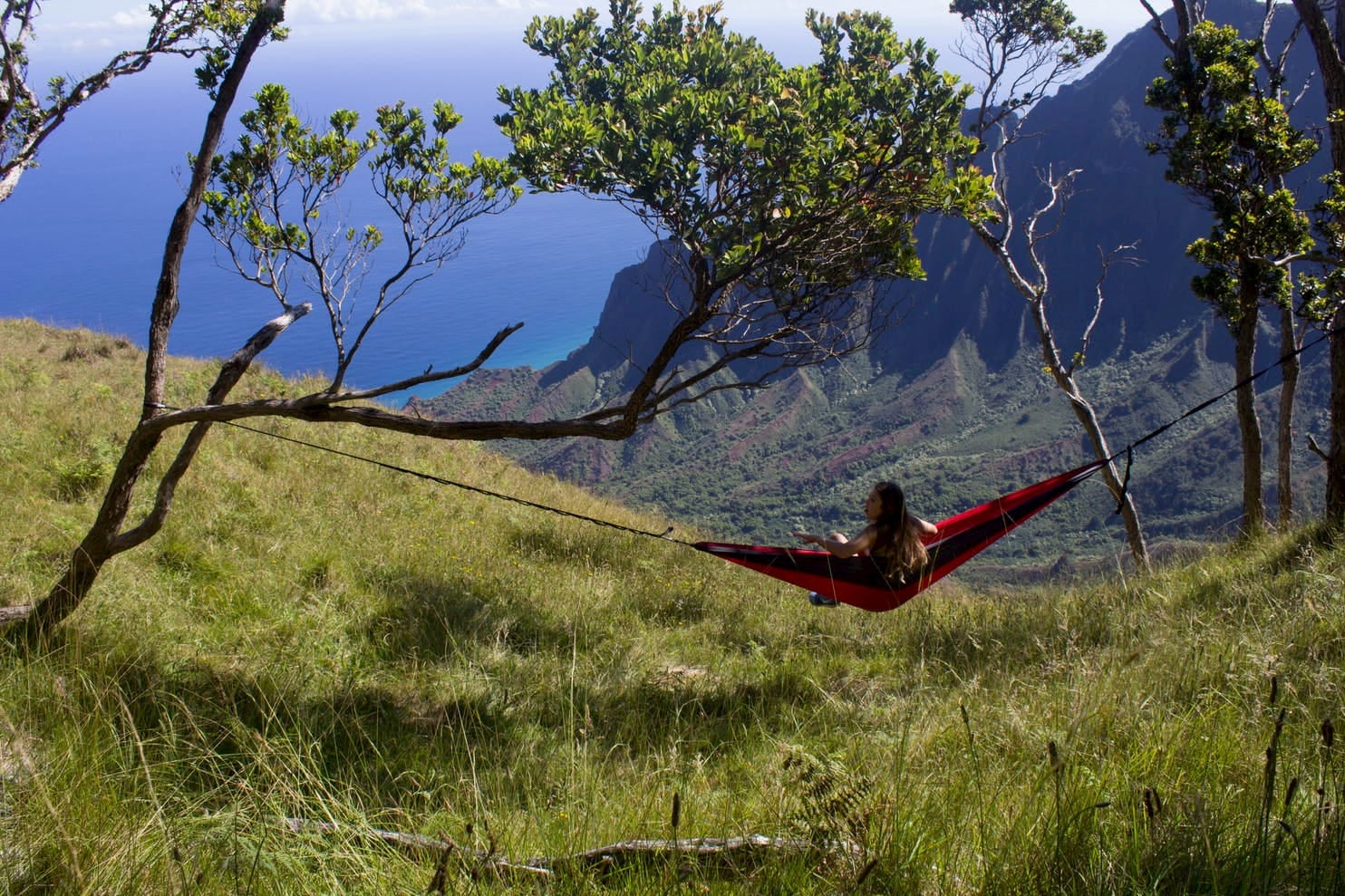
Image from The Dyrt camper Apryl E.
If you’re preparing for your hike and want to wake up near the trail, consider camping at Haena Beach Park. The campground is a 10-minute walk from the trailhead and only costs $3 per night. Drinking water is provided. Note that this campground provides tent camping only. This camping option is particularly famous for being so close to the trail. We suggest getting there as early as possible to reserve a spot.
Then, there’s the camping directly on the Kalalau trail. According to Kalalau Trail reviews, the hike is strenuous, even to the point where some hikers begin to regret it—but alas, the beach and campground come into view after 11 grueling miles. Hikers are met with one of the most beautiful camping experiences of their lives.
The campground in Kokee State Park is also a good option for campers wanting to camp in higher elevations near the Napali Coast without actually visiting the Kalalau Trail. The campground is near Waimea Canyon State Park, easily one of the most beautiful areas on the island. The campground is on grass, allows fires, and offers both tent and cabin camping. Pets are allowed as well.
Polihale State Park is located directly on the west side of the Napali coastline. It’s a wide, beautiful beach where campers enjoy tropical waters and views of “the end” of the Napali Coast. The campground there provides tent, dispersed, group, and RV camping. Fires are allowed, and yes, water is provided. The lack of crowds is a favorite feature among visitors of the Polihole Coast. Enjoy the peace!
Popular Articles:
Articles on The Dyrt Magazine may contain links to affiliate websites. The Dyrt receives an affiliate commission for any purchases made by using such links at no additional cost to you the consumer.

